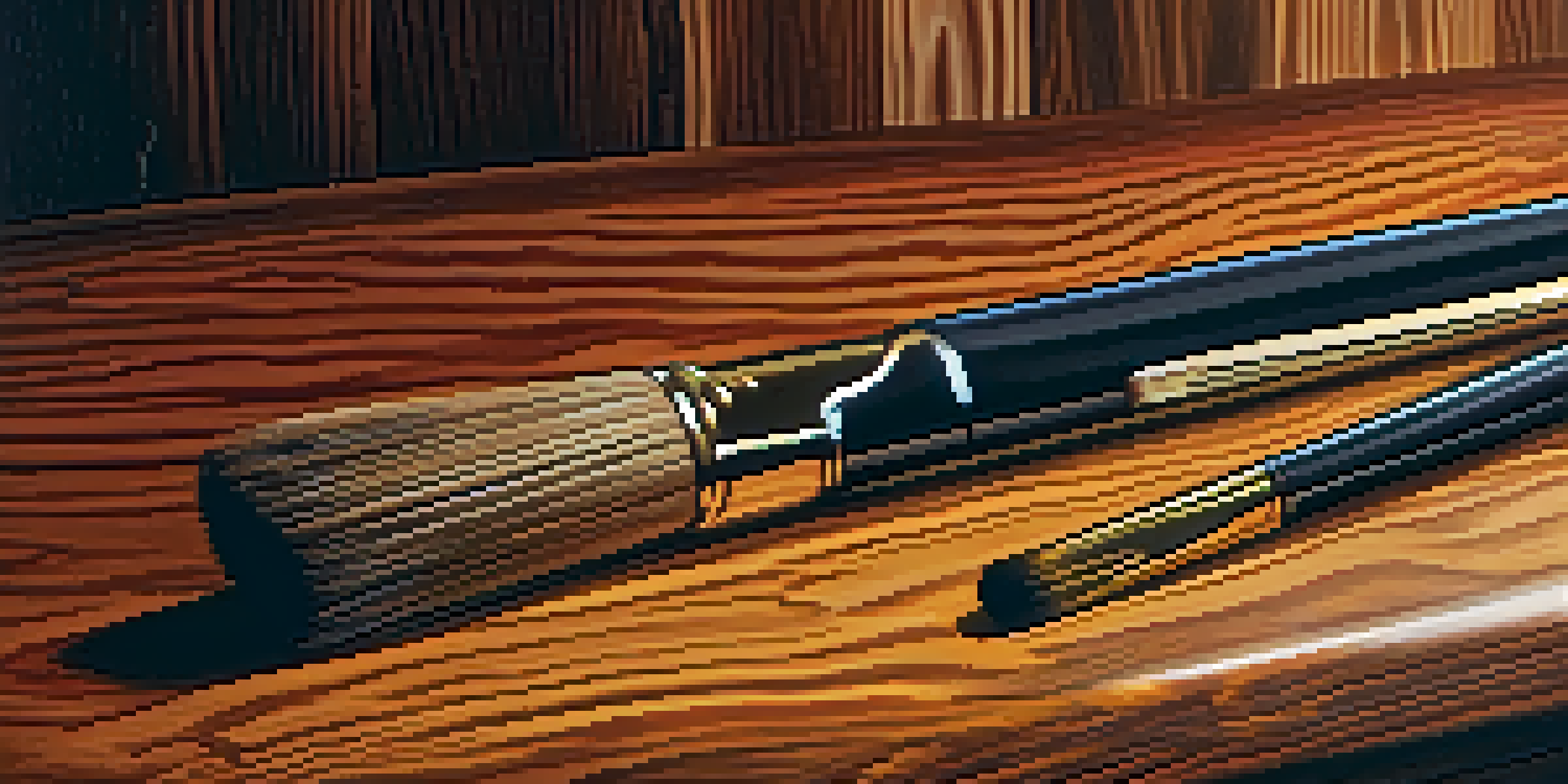Exploring the Use of Stains for Color in Wood Carving

Understanding Wood Stains and Their Types
Wood stains are transformative products that enhance the natural beauty of wood by adding color. They come in various types, including oil-based, water-based, and gel stains, each offering unique benefits. Oil-based stains penetrate deeply, providing a rich color, while water-based stains are easier to clean up and dry quickly. Gel stains are thicker and ideal for vertical applications, reducing the risk of drips and runs. Knowing the right type to use can elevate your wood carving projects significantly.
Choosing the Right Stain for Your Project
When selecting a stain, consider the type of wood you are working with and the final look you want to achieve. Different woods, like oak, maple, or pine, absorb stains differently, leading to varying shades even with the same product. Test your chosen stain on a scrap piece of the same wood to see how it reacts. This simple step ensures you’ll be happy with the final result, making your carving a true reflection of your artistic vision.
Choose the Right Stain Type
Selecting the appropriate stain type—oil-based, water-based, or gel—can significantly impact the final appearance of your wood project.
Preparing Wood for Staining: Essential Steps
Before applying stain, proper preparation of the wood surface is crucial for achieving an even finish. Start by sanding the wood to remove any imperfections and open up the grain for better stain absorption. Cleaning the surface with a tack cloth or damp rag will eliminate dust and debris, ensuring a smooth application. Taking these preparation steps not only enhances the appearance of the stain but also prolongs the life of your carving.
Applying Stain: Techniques for Beautiful Results
When it comes to applying stain, technique plays a significant role in the overall outcome. Use a brush, sponge, or cloth to apply the stain evenly, working in the direction of the wood grain to avoid streaks. Allow the stain to sit for a few minutes before wiping off the excess with a clean cloth; this helps achieve the desired depth of color. Remember, multiple thin coats often yield better results than one thick coat, allowing for more control over the final shade.
Proper Preparation is Key
Thoroughly preparing the wood surface through sanding and cleaning is essential for achieving an even and beautiful finish.
Finishing Touches: Sealing Your Stained Wood Carving
Once your carving is stained, applying a protective finish is vital to safeguard the wood from wear and tear. Options like polyurethane, varnish, or beeswax can seal the stain and enhance its beauty. Choose a finish that complements your stain; for instance, a matte finish may provide a more rustic look, while a glossy finish can make colors pop. This final step not only preserves your work but also adds another layer of character to your piece.
Common Mistakes to Avoid When Staining Wood
Even seasoned woodworkers can make mistakes during the staining process. One common error is not testing the stain first, leading to unexpected colors on the final piece. Another mistake is skipping the preparation steps, which can result in uneven absorption and blotchy spots. Additionally, failing to follow the manufacturer’s instructions on drying times can lead to smudging. By being aware of these pitfalls, you can ensure a smooth and successful staining experience.
Experiment for Unique Results
Getting creative with different stain colors and application techniques can lead to personalized and stunning wood carvings.
Experimenting with Stains: Getting Creative
Don’t be afraid to get creative with stains! Mixing different colors can produce unique shades that give your wood carving a one-of-a-kind look. Consider layering stains or using techniques like sponge or rag application to create interesting textures. Experimenting not only enhances your skills but can also result in stunning, personalized pieces that reflect your style. Remember, the beauty of wood carving lies in its artistry, so let your creativity shine!
Conclusion: The Impact of Stains in Wood Carving
Using stains in wood carving is more than just a way to add color; it’s a means to express creativity and enhance the natural beauty of wood. By understanding the different types of stains and how to apply them, you can elevate your projects to new heights. With the right preparation, application techniques, and finishing touches, your carvings can become true masterpieces. So grab your tools and stains, and start exploring the endless possibilities in your wood carving journey!